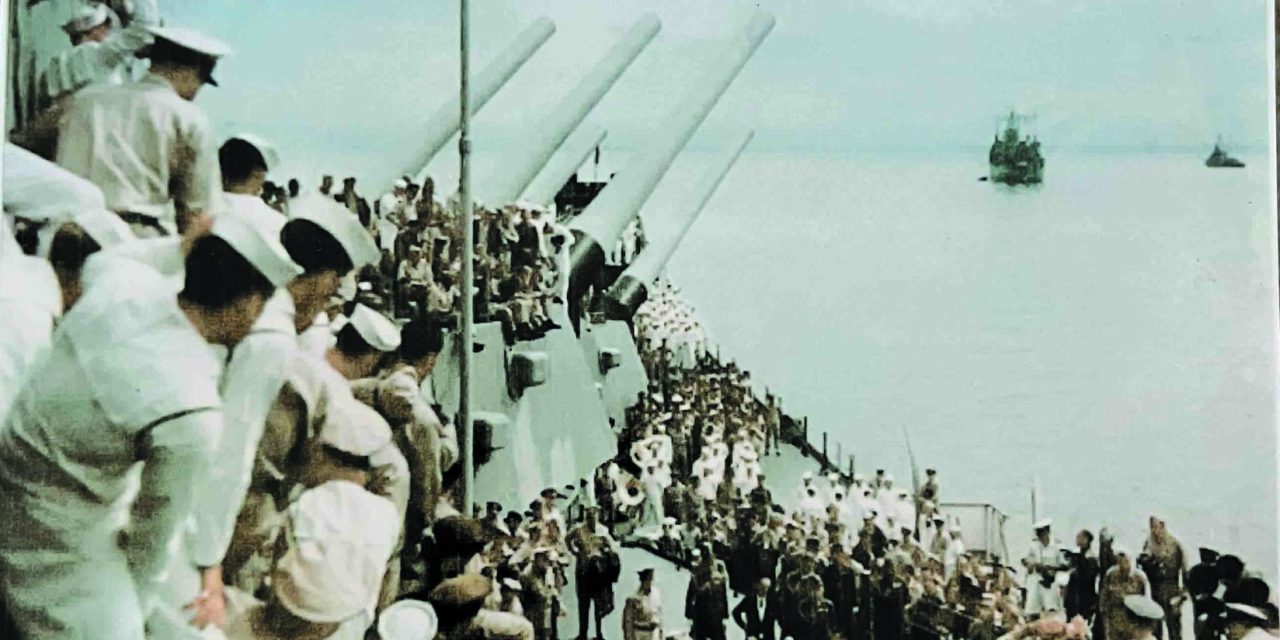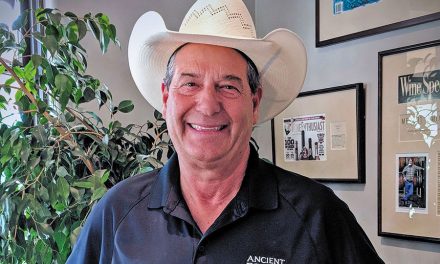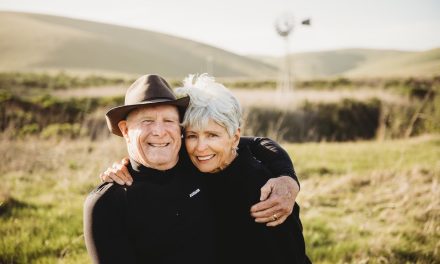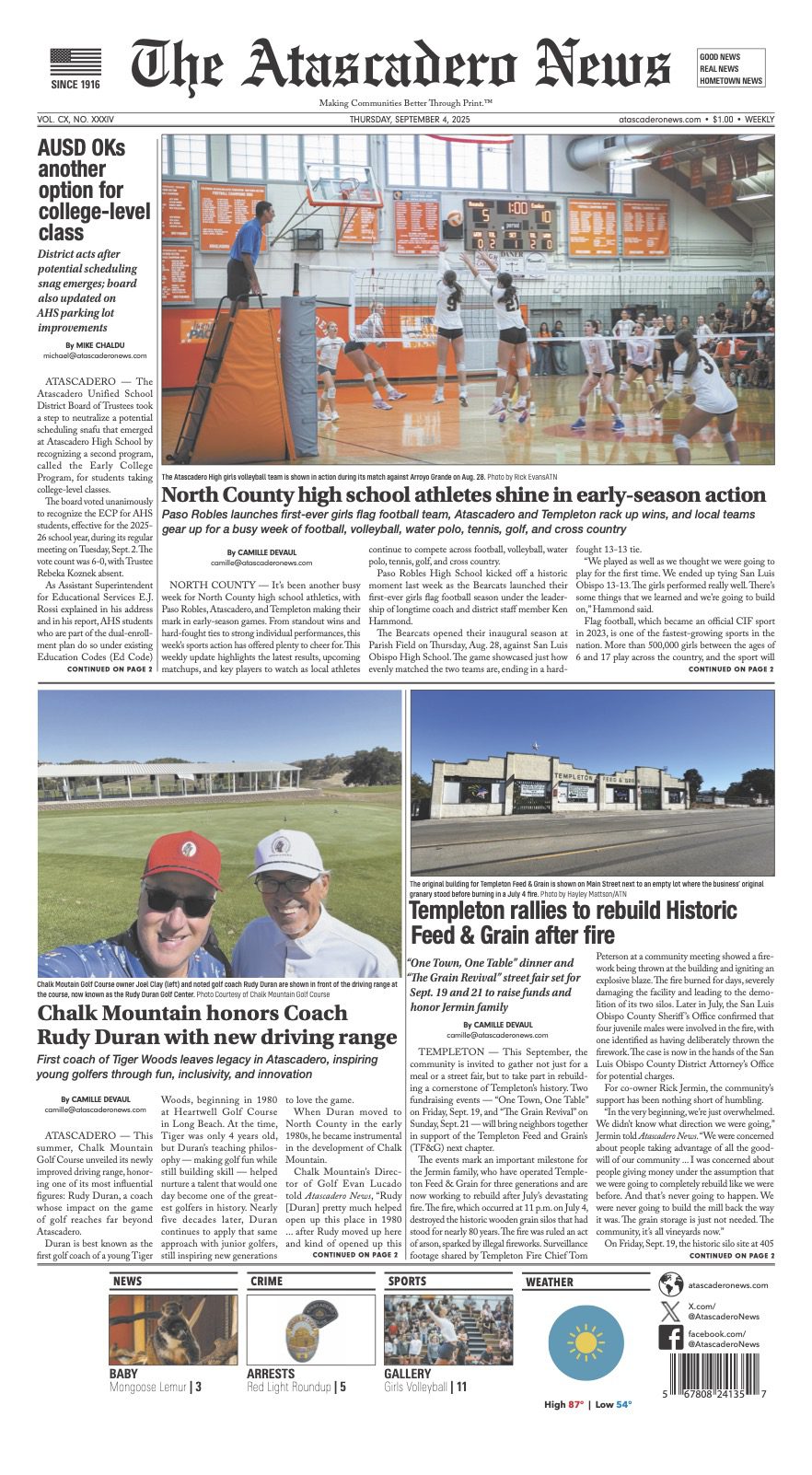Russ James was born in Texas in 1926. In 1937, his family relocated to Los Angeles, where he did most of his growing up and going to school. But his love of airplanes had him going back to Texas during his summers off, and ultimately led him to enlist in the Navy at the age of 17 in 1943 and would serve his country until 1945.
“Every summer, as soon as school was out, I would catch a train back to Texas, back to my Uncle. He had an airfield out there. So I was raised around airplanes my whole life,” Russ said.
Russ flew his first airplane when he was 14 and fell in love with being behind the cockpit. His need to take to the skies is why he decided to join the Navy. His main goal was to fly airplanes.
“I knew if I could get in [to the Navy], I could show them I could fly the airplanes because I flew everything you could think of before I was 17,” added Russ.
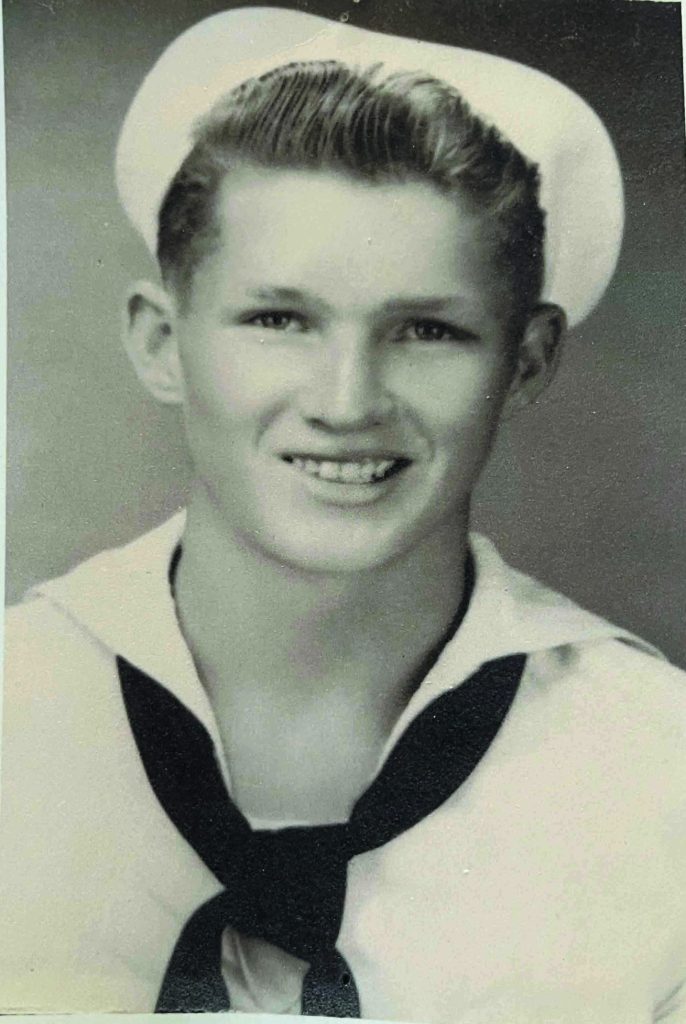
However, the Navy didn’t let soldiers behind the cockpit until they turned 18, so it took some time before Russ could show off his skills flying military planes like B-2s. By that point, the Amphibious Forces had been created. Russ was stationed in the South Pacific and would fly out from Barbers Point in Hawaii for the next 30 months of his military career.
“I turned 18 about the time the Amphibious Forces were getting put together. They’d never had anything like the Amphibious Forces prior to this time,” continued Russ. “We were the first group that could do all land, sea, and air.”
The Amphibious Forces were a super secretive unit, and during the war, not many people knew they existed. In fact, people today still don’t know a ton about their existence.
“Mainly, we were very little known because they didn’t want anybody to know about how those airplanes got down there ahead of time,” Russ shared.
The Naval section of the Amphibious Forces, which included all branches of the military, would move B-52s and Douglas SBD Dauntless Bombers into occupied territory after an island was taken over.
“That was the easy part of our job. We’d do the fly by after an island was taken over. They would clear the airfield, and we would move the aircraft in because the next island would be so far away,” Russ explained. “When they had the invasions, we would go down in the fifth wave. This is after the troops are already in and some of the heavy artillery is going in. After the heavy artillery went in, we would go in and set up a radio communication with the two hospital ships.”
The soldiers would make their reports by flashing lights or using Morris Code, but it was mainly Morris Code that was used. That was skill that Russ used to create a evening newspaper every time he was aboard a ship.
“I put out a newspaper every evening. They [the troops] loved to see the Amphibious Forces come aboard their ship because they could get a newspaper every day. But we would only stay aboard the ship long enough for them to get to another island where we were setting up and doing our thing.”
Out of the six men who were a part of Russ’s unit, only three came home after their 30 months of serving in the South Pacific. In fact, there were many times when Russ barely made it back himself. Including when he got caught up in Typhoon Louise on October 9, 1945, which sunk the ship SC 686, which Russ was on.
“I was out on the water at least a day and a half, floating around,” Russ said. “I gave up before a rouge wave came along, and it must have been as big as that island because it pushed us right up on the island, and I hung on to a palm tree, wrapped my arms around it.”
Russ survived the typhoon but ended up getting Malaria while on the island, which saved his life. Three brave Marines snuck into Japanese Territory and stole fish heads to make soup to get him the protein needed by his body.
“To this day, I don’t like fish. It was terrible,” Russ stated. I went back to Hawaii, and they got me well again, but I’m fortunate to be here.”
Upon returning to civilian life, Russ attended the Don Martin School of Radio and Television Arts and Sciences on the G.I. bill.
“I took a radio broadcasting course along with an engineering course,” said Russ.
When he got out of school, there were two radio stations he could have worked for, but San Luis Obispo was one tank of gas away, and he didn’t have money for two tanks, so he moved his now-late wife and their children up north in 1952 and started working at KVEC, before leaving to build cable systems in 1964.
“The reason I came to San Luis Obispo was one tank of gas, and they wanted to put up a television station. They were waiting for their license to come in. So, as soon as it came in, myself and Charlie Mitchell found a spot outside of Santa Barbara called Black Hill or something like that. We could pick up eight channels from Los Angeles, brought them into San Luis Obispo and put it on top of that mountain over here and brought them right into an area where we could pick up eight channels pretty well for $4.75 a month,” added Russ of his initial job in SLO.
Before he retired, almost 98-year-old Russ worked at the California Mid-State Fair doing publicity, promotions, and special events during the summer, and then during the school year, Russ drove a school bus. Russ even owned and flew airplanes after his four kids were out of school.
“Right now, I am a very happy and contented person,” Russ shared. The reason I am is that I have four successful children.”
Even though Russ is fully retired, that hasn’t slowed him down much. He’s currently teaching Bible Beliefs and Scriptual Memory classes out of his home to four students that he enjoys sharing his knowledge with.
Thank you for your service and your stories, Russ.
ATASCADERO NEWS MAGAZINE
Copies of Atascadero News Magazine are directly delivered to 11,500 readers in zip codes 93422, 93432, and 93453 and 1,500 dropped with support from advertisers and subscribers. Together, we are Making Communities Better Through Print.™
To subscribe or advertise, click here.

